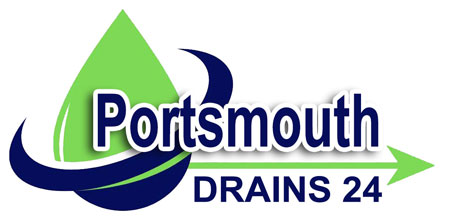At Portsmouth Drains24, we understand the importance of managing excess rainwater effectively to prevent flooding and waterlogging. One of the most effective solutions for this is a soakaway system. In this blog post, we’ll discuss what a soakaway is, its purpose, the installation process, and the benefits of having one in your property.
What is a Soakaway?
A soakaway is a drainage feature designed to collect and disperse surface water runoff directly into the ground. This system allows rainwater from roofs, driveways, and other non-permeable surfaces to re-enter the soil, reducing the risk of surface water flooding and encouraging groundwater replenishment.
Why Choose Soakaways?
- Flood Prevention: Soakaways help to manage excess water during heavy rains, preventing flooding around your home and protecting landscaping.
- Sustainable Drainage: By allowing rainwater to seep back into the ground, soakaways contribute to sustainable drainage practices and help maintain local water levels.
- Cost-Effective Solution: Installing a soakaway can be more economical than extensive drainage systems, providing significant savings in both installation and maintenance.
- Low Maintenance: Once installed correctly, soakaway systems require minimal upkeep, making them a practical long-term solution for effective water management.
The Installation Process
Installing a soakaway involves several key steps:
- Site Assessment: Our team conducts a thorough assessment of your property to determine the best location for the soakaway, ensuring it’s away from your home’s foundations and any underground services.
- Choosing the Right Size: The size of the soakaway is determined based on the area it will serve (e.g., roof size) and soil permeability. A general guideline is one cubic metre of soakaway for every 50 square metres of roof area.
- Excavating the Pit: After determining the size and location, we excavate the pit. This pit will house the soakaway crates or stones, providing space for water accumulation.
- Preparing the Base: A layer of gravel or pea shingle is placed at the bottom of the dug-out pit. This layer improves drainage and allows water to disperse evenly into the surrounding soil.
- Installing Soakaway Crates: We place modular soakaway crates (or fill the pit with stones) that create voids for water storage. These crates are designed to be strong and durable.
- Connecting the Inlet Pipe: The inlet pipe directs rainwater to the soakaway. We ensure that it is securely attached and properly positioned for optimal water flow.
- Backfilling the Pit: Finally, we backfill around the crates with gravel, shingle, or soil, compacting it to avoid sinking. The top layer can then be grassed over or landscaped as needed.
Conclusion
Soakaway systems are essential for effective water management, particularly in areas prone to flooding. At Portsmouth Drains24, our team of experts is ready to assist with the professional installation of soakaways, ensuring that your drainage system functions optimally and sustainably.
If you’re interested in learning more about soakaway installations or want to discuss how we can help manage water runoff on your property, contact us today for a free consultation!

